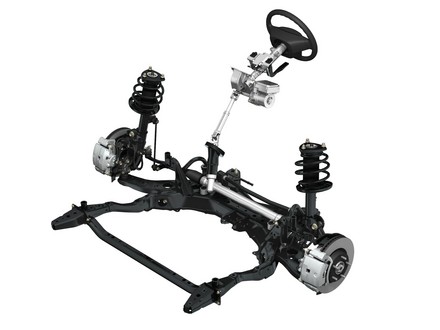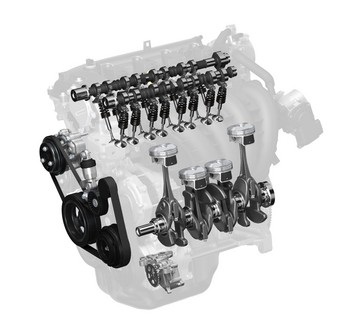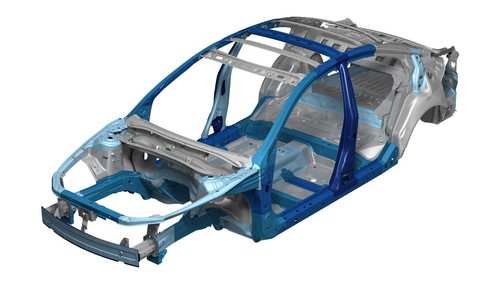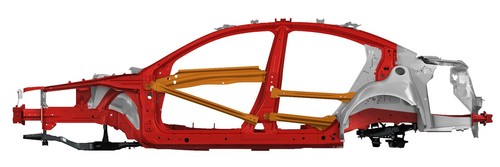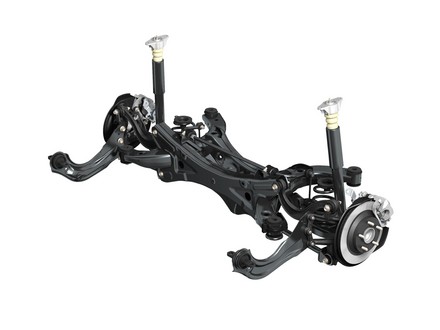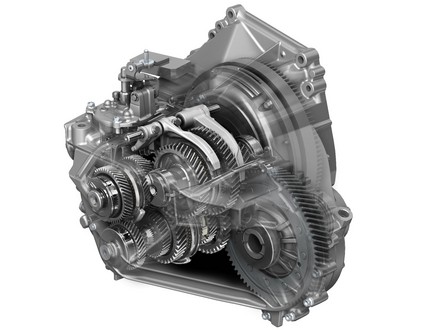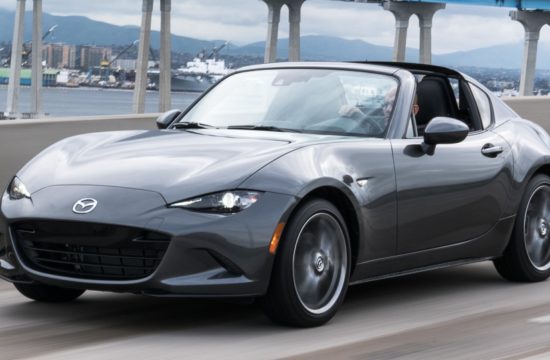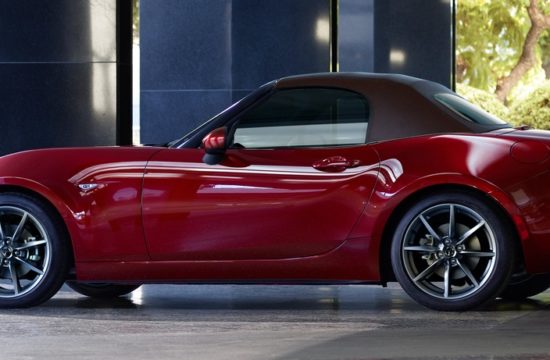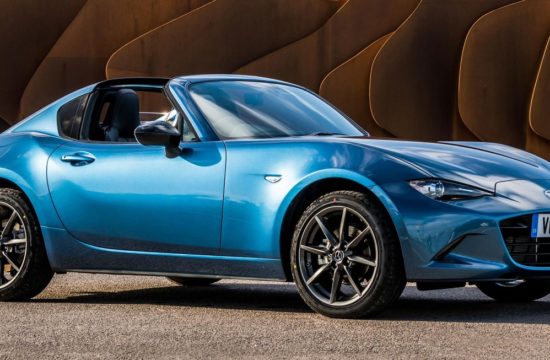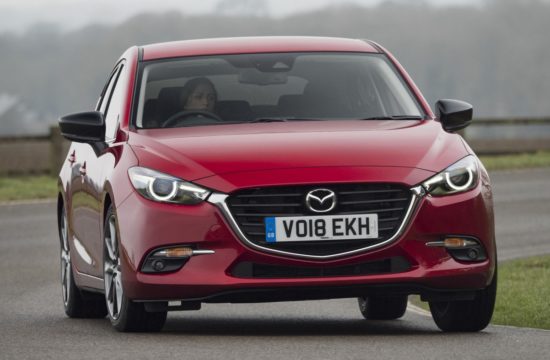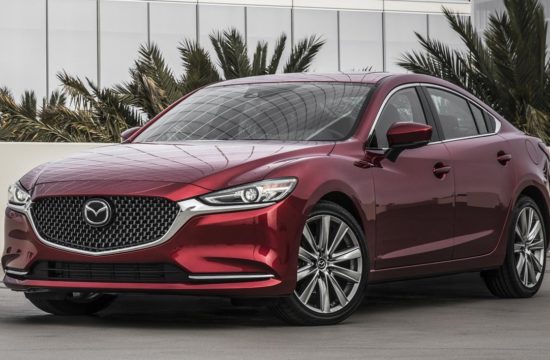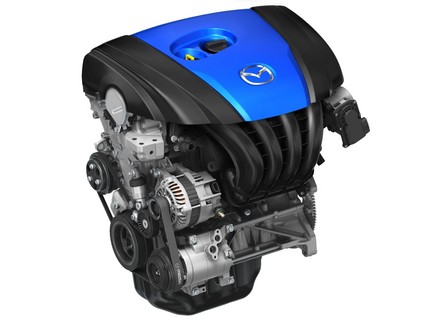
Usually car makers like to focus on one particular field when they invest in developing new technologies, but Mazda has came up with a plan for future that renews their technology in so many things all at once, all in one big project called the SKYACTIV. These include completely new engines, transmissions, bodyshells and platforms that will be launched in 2011 models, resulting in a major reductions in fuel consumption and CO2 emissions for all Mazda cars.
We’re not very good at explaining technical stuff! So why don’t you refer to Mazda’s own words here in this official Press Release:
This process will initially concentrate on lightweight construction as a core value of the brand, along with the optimisation of conventional powertrain technologies. In further phases, efficiency improving technologies, such as regenerative brake systems and hybrid power systems, will be successively introduced. Mazda’s goal is to lower the fuel consumption of its global fleet by 30 percent by 2015 (compared to 2008).
Mazda’s SKYACTIV-G petrol engine, for instance, will achieve fuel consumption levels (without the use of electric components) that until now have been the reserve of hybrid powertrains. This high-efficiency direct-injection petrol engine employs a compression ratio of 14.0:1, the highest compression ratio ever used in a production petrol engine anywhere in the world. This enables the engine to use 15 percent less fuel and also contributes to a 15 percent increase in torque output. Higher torque at low and mid-range engine speeds means better driveability with less fuel consumption in everyday driving.
The new SKYACTIV-D diesel engine also sets a new record for compression ratio at 14.0:1, which is the lowest ever employed for a diesel engine. This results in a drop in fuel consumption of 20 percent and especially clean combustion. Without expensive after-treatment to reduce NOx, the new Mazda SKYACTIV-D engine will meet future Euro 6 emission standards. A two-phase turbocharger delivers smooth and linear responses from low to high engine speeds and increases low and high-end torque up to the rev limit of 5,200 rpm.
Mazda has developed a new SKYACTIV-Drive automatic transmission as part of its SKYACTIV technology that combines the advantages of a conventional automatic transmission, a continuously-variable transmission and a double-clutch transmission. The dramatically widened lock-up range increases the efficiency of the torque converter, improves torque transfer efficiency, and gives a direct driving feel that is comparable to a manual transmission. The new SKYACTIV-Drive delivers improved fuel economy of up to 7 percent compared to a current, conventional torque-converter automatic transmission.
The new SKYACTIV-MT is an especially lightweight and compact manual transmission with reduced internal friction that contributes to lowering fuel consumption. Its compact size allows for efficient vehicle packaging, while its short selector stroke and light shift feel are reminiscent of a sportscar.
Mazda is convinced that lowering vehicle weight is a key factor in lowering fuel consumption and CO2 emissions. A central role in this will be played by the new body structure SKYACTIV-Body and the vehicle platform SKYACTIV-Chassis.
The newly-developed, high-strength bodyshell is 8 percent lighter and 30 percent stiffer, and combines outstanding crash safety with an excellent foundation for agile handling attributes. Less weight is achieved for the most part by increased use of high-tensile steels and optimised bonding materials. The new SKYACTIV-Chassis comes with a newly-developed suspension that is 14 percent lighter than the current suspension and delivers precise handling and high quality ride comfort.

